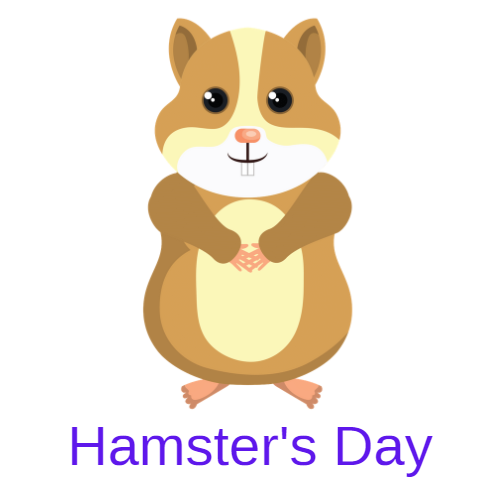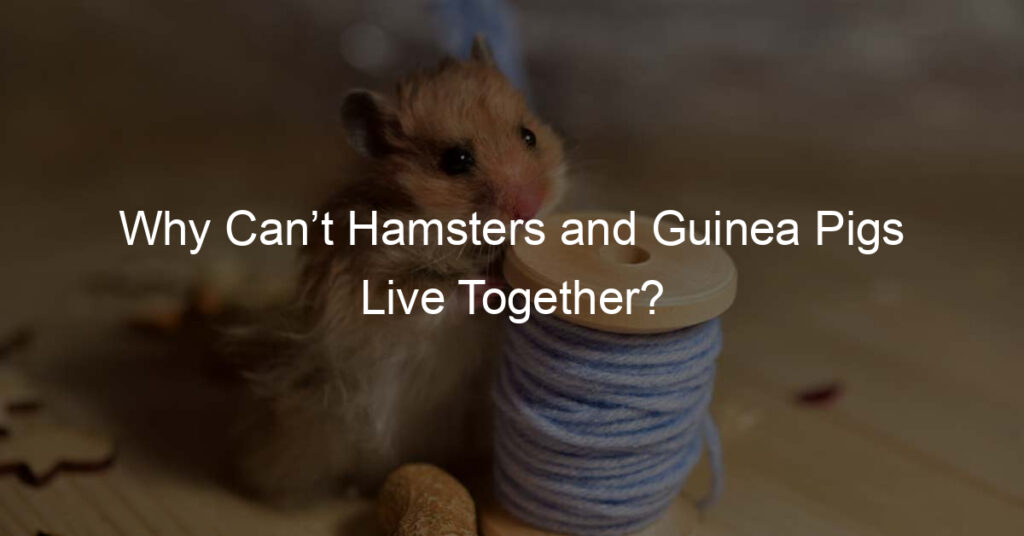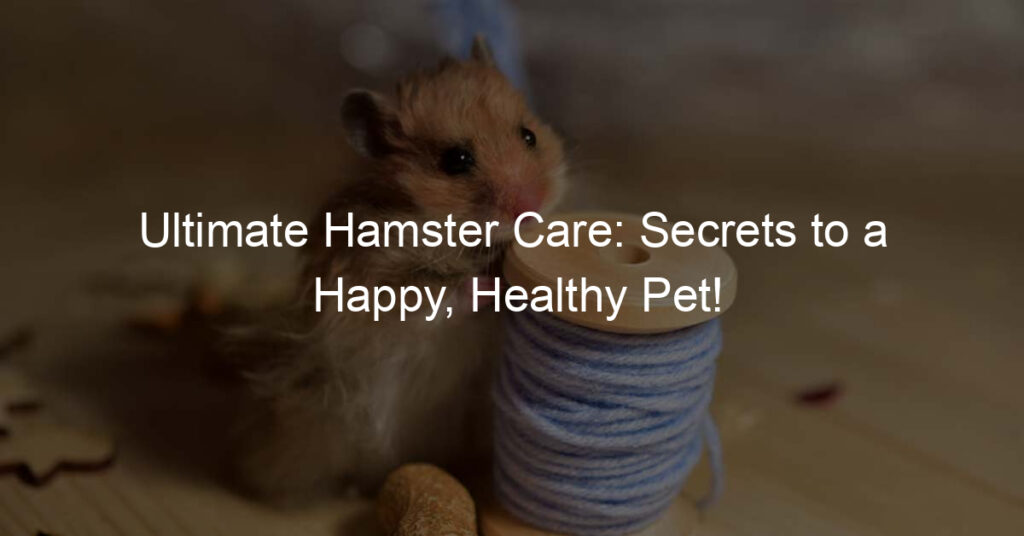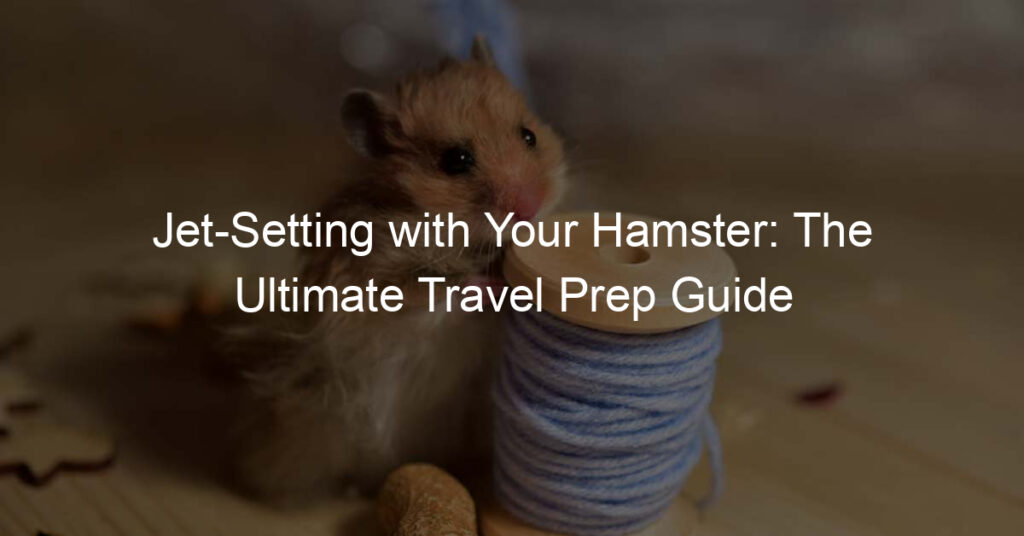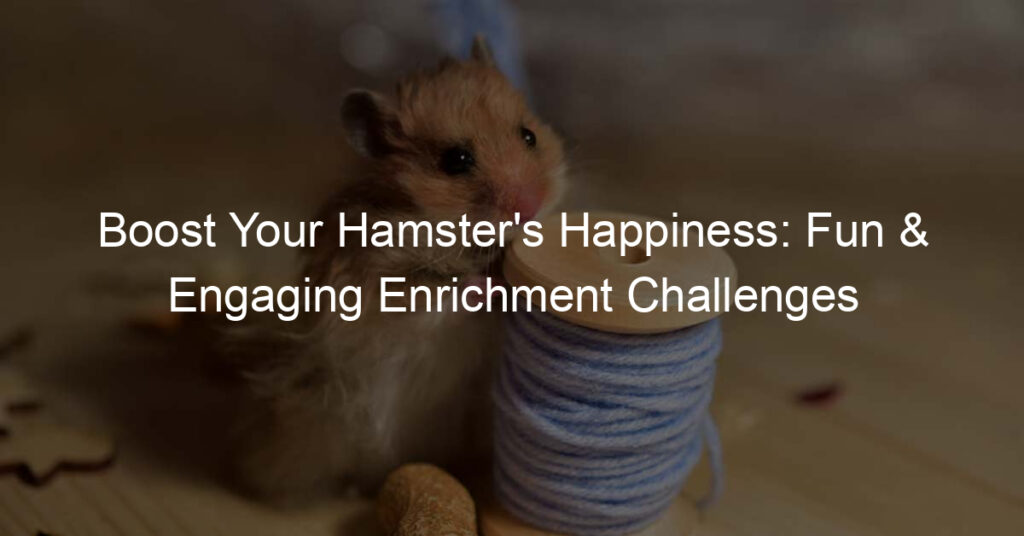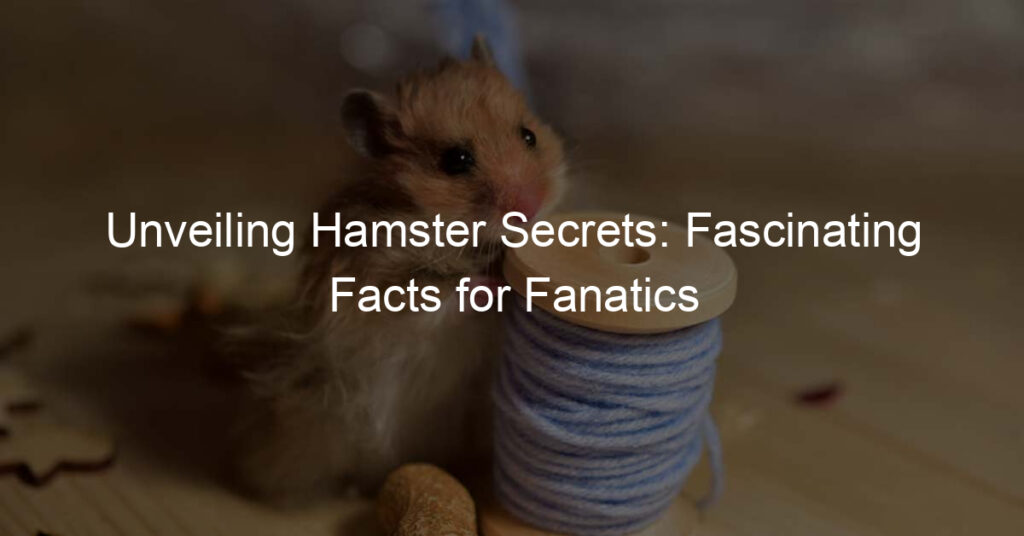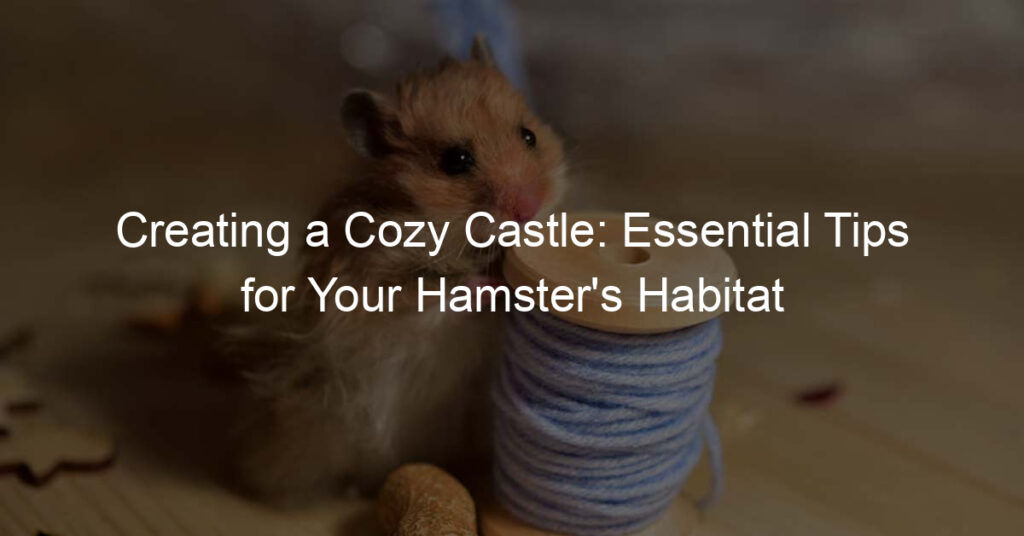If you’re like most people, you probably think hamsters and guinea pigs are the same. But as it turns out, these two adorable creatures have some major differences – which is why they can’t live together.
Here’s what you need to know about the difference between hamsters and guinea pigs…
First, hamsters are solitary creatures. They prefer to live alone and do not need or want another hamster around. Guinea pigs, on the other hand, are social animals and need to have at least one other guinea pig as a companion to thrive.
So if you put a hamster and a guinea pig together, the hamster would likely feel stressed out and unhappy.
Another difference between hamsters and guinea pigs is their diet. Hamsters are omnivores, meaning they eat both plants and animals while guinea pigs are strictly herbivores, so they exclusively consume plant-based foods.
If you put a hamster and a guinea pig together, it could lead to the hamster being tempted to eat the guinea pig’s food. This wouldn’t be a good thing for either pet since they need different types of nutrition to stay healthy.
Finally, hamsters and guinea pigs require different kinds of housing. Hamsters are active at night and like small enclosures with plenty of climbing opportunities.
Guinea pigs, on the other hand, need larger cages that provide more room for running and exploring. If you put them in the same cage, the hamster won’t have enough space to explore while the guinea pig may feel cramped and uncomfortable.
Do guinea pigs and hamsters fight?
Family pets like guinea pigs and hamsters have been known to get along with each other with proper introduction and care.
However, when it comes to matters of territoriality and food, these creatures can, in rare cases, turn hostile! Generally, male guinea pigs are much more prone to aggression than female ones;
the same holds for hamsters as well. In addition, too many pets being kept in a limited space could also lead to potential fighting between them.
Therefore you must keep such small pets in individual cages and provide them with adequate food as per their specific requirements.
The best way to prevent conflict between your guinea pig and the hamster is to observe how they interact over time – if any signs of hostility arise, make sure you take prompt action and separate them peacefully.
What happens if you put a hamster and guinea pig together?
The thought of keeping a hamster and a guinea pig together seems cute, but they should not be put in the same cage.
While they can coexist in the same habitat, hamsters are much more territorial animals and may end up attacking or even killing the guinea pig.
If you must keep them together, ensure ample space and plenty of hiding spots so they can live comfortably without feeling threatened.
Furthermore, it is important to provide adequate enrichment activities — such as ramps and tunnels — so that they do not become bored or aggressive. Just be sure to provide separate food and water dishes for their individual needs.
Can a hamster kill a guinea pig?
It may be surprising to learn that, under certain circumstances, a hamster can potentially kill a guinea pig. Hamsters are generally much smaller in size than guinea pigs and they typically don’t present a direct threat to them.
However, if one is feeling threatened or particularly aggressive it could attack the larger guinea pig and cause severe harm or even death.
Therefore it is essential to ensure that any two animals that are living together have been properly introduced and monitored frequently to make sure they get along okay.
Can Syrian hamsters and guinea pigs play together?
Bringing together Syrian hamsters and guinea pigs may seem like a great idea, however, this is not always safe or practical.
Although both animals are small and cute, they have different temperaments and needs that can complicate their ability to get along peacefully.
Syrian hamsters are often solitary animals who do best when kept alone. Guinea pigs, on the other hand, prefer to socialize with other guinea pigs or pets of similar size.
Introducing them could lead to fighting or stress-related illnesses in either pet, which is not something any owner would want for their beloved companion.
As such, it’s usually best to keep Syrian hamsters and guinea pigs separated to provide the best environment for each animal.
Hamster and guinea pig difference
Hamsters and guinea pigs, while similar small furry rodents have distinguishing features that separate them.
Hamsters are solitary animals and prefer living alone, while guinea pigs will live with other animals in social groups. Size-wise, hamsters can grow to be quite a bit larger than the average guinea pig.
In the wild, hamsters inhabit a burrow they dig themselves while keeping their food stored outside of it.
On the other hand, guinea pigs reside in dens among trees or large rocky surfaces where water is probably nearby. Although their life span varies based on species, hamsters typically live 1-3 years while guinea pigs can live 5-8 years or even longer with proper care!
Lastly, if you’re looking for a pet to train tricks with, hamsters might be the better choice thanks to their intelligence and affectionate personality.
The Bottom Line
As we’ve seen, the difference in size, activity level, and temperament can make it impossible for hamsters and guinea pigs to live together safely.
Their conflicting needs will likely lead to poor health for both animals, which also affects their happiness. It is infinitely better for each species to live in a habitat tailored specifically just for them and their needs.
Keeping different species of small mammals apart not only keeps them healthy and happy, but it gives us peace of mind that they are well taken care of.
All things considered, there’s no good reason why hamsters and guinea pigs should be kept together. It takes real work to ensure both small mammals have an adequately advantageous environment;
with careful thought put into their design one can tailor the best place suitable for each species independently.
It may require some extra commitment on our part as caretakers but it’ll make all the difference in the end when we look back knowing that these little creatures are safe in their habitats.
